There is a lot of debate over whether you need to balance a crankshaft or not. So what is the correct answer to this question? We have done the research to find out.
There are a few schools of thought on this matter. The first belief is that you do not need to balance a crankshaft because it is already in balance. The second belief is that a crankshaft should be balanced to a certain degree for racing purposes.
Deciding whether or not to have your crankshaft balanced will depend on the type of driver you are. This article will take a closer look at the crankshaft purposes and why you should potentially balance it. In addition, we will discuss the warning signs that your crankshaft is going bad, so read on!
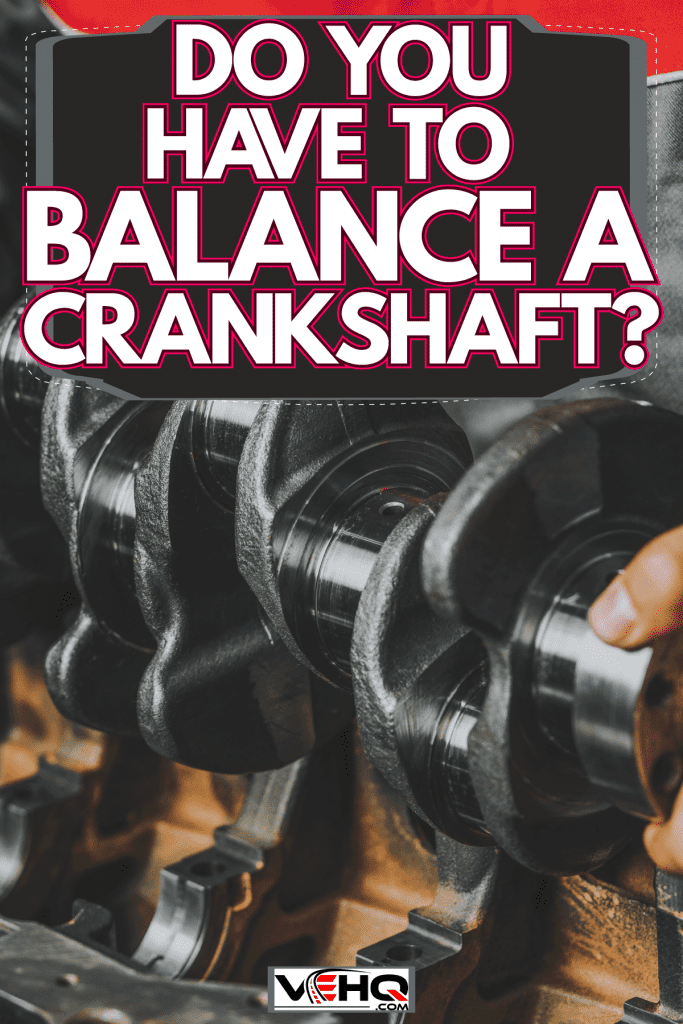
Do You Have To Balance A Crankshaft?
A crankshaft can be defined as a mechanical part used in an internal-combustion engine to translate reciprocating linear piston motion into rotation.
Typically, a crankshaft has the following main components: journals (where the bearings are mounted), crank throws (the end of the crank that rotates), and counterweights (located opposite each crank throw to balance the crankshaft).
You don't need to balance a crankshaft if the vehicle is used for daily use. For example, many people replace their factory-balanced crankshafts with aftermarket versions that are either unbalanced or balanced to a higher degree.
The purpose of balancing a crankshaft is to ensure that the engine runs as smoothly as possible. When an engine is not balanced, it can cause wear and tear on the internals, which will lead to decreased performance and shorter engine life.
Some drivers choose to have a crankshaft balanced for racing purposes. A crankshaft is typically balanced to the highest degree when used in a racing situation. This is due to the load and stress a race car puts on a crankshaft, which can lead to engine failure if there are any problems with the balancing process.
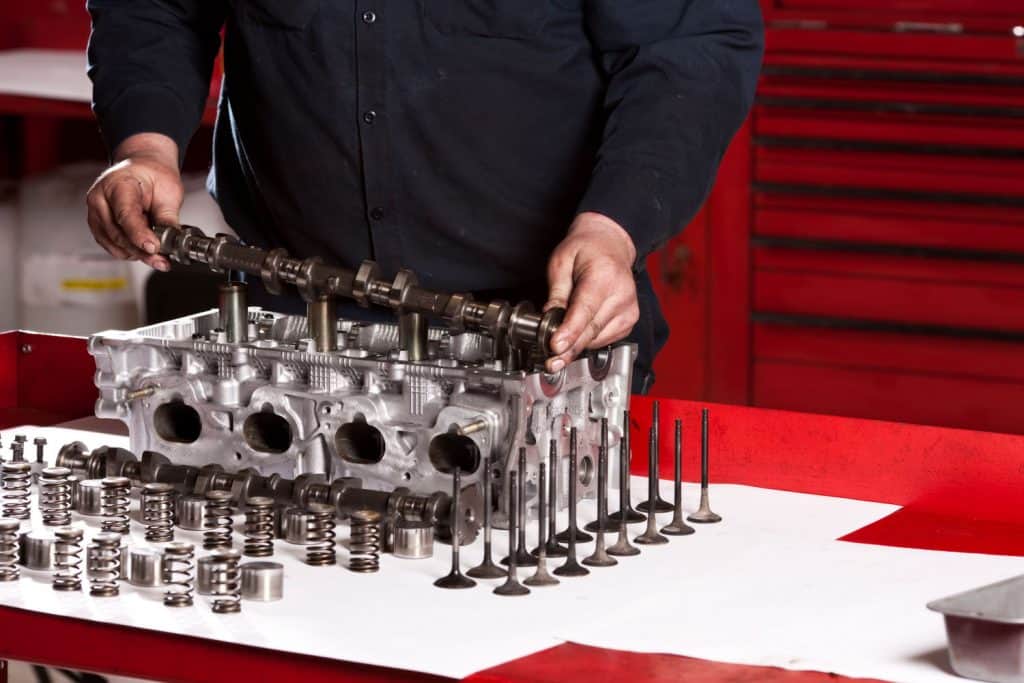
How Much is it to Balance a Crankshaft?
The cost to balance a crankshaft can vary depending on the vehicle's make and model. In addition, it can change depending on the region you are in and the cost of labor from the mechanic.
Nonetheless, you can expect to pay around $200 on average. So if you need or want to balance your crankshaft, it is worth shopping around. You may be able to find a mechanic who offers a lower price, or you can purchase the parts and do it yourself.
Can you Balance your Crankshaft?
Yes, you can balance your crankshaft. This is a process that you can do with machinery and knowledge. However, there are a few things you need to take into consideration when balancing a crankshaft, such as the weight of the crank and the weight of the counterweights.
In addition, there are many balancing kits on the market that can help you with the process. If you are planning to do many do-it-yourself engine builds, then the kits may be worth checking out.
Remember that balancing your crankshaft isn't a simple process, so if you have not done it before or don't have the correct machinery, consider consulting a professional.
What is a Static Balancing Crankshaft?
Static balancing is balancing rotating objects on their axis to prevent vibrations. This process can be done by adding or removing weight from the crankshaft until it reaches a certain balance.
It is much easier to balance a crankshaft when it is balanced statically compared to dynamically, which requires that it be put into motion.
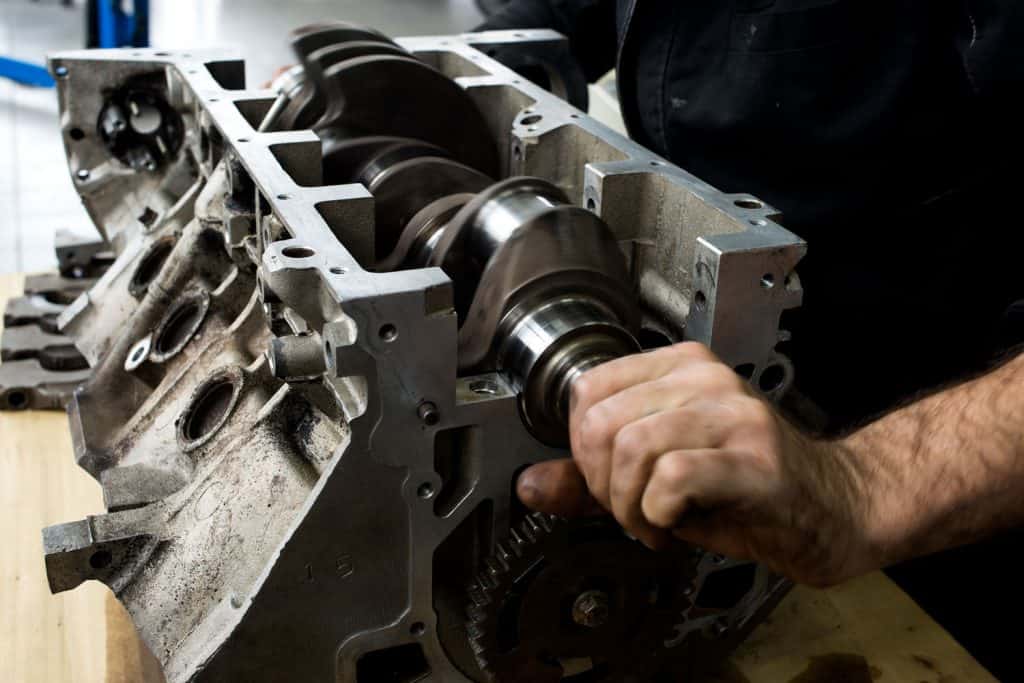
When is a Crankshaft Dynamically Balanced?
A crankshaft can be dynamically balanced when it is in motion. This means that the crankshaft will be spinning while it is being weighed.
This process is more accurate than static balancing, as it takes into account the dynamic forces at work on the object. While dynamic balancing can be a more complex process, it is preferable in certain situations.
Another benefit of dynamically balancing a crankshaft is that you don't have to use an external weight, such as a hanging weight. Instead, the weight will already be used for moving the crank itself. Therefore, it won't add any additional weight to the balanced object.
Why do Crankshafts have Counterweights?
Counterweights can be found attached to a crankshaft. These weights are used to balance the rotating object and keep it from vibrating too much or wearing out. As a result, the engine can reach higher RPMs without issue.
Without counterweights, a crankshaft would be unbalanced and cause a lot of wear and tear on the engine. In addition, an unbalanced crankshaft can lead to decreased performance and shorter engine life.
How Do you Know when Crankshafts are Bad?
There are several warnings signs that your crankshafts are going bad. Let's take a look at them below:
Engine Knock
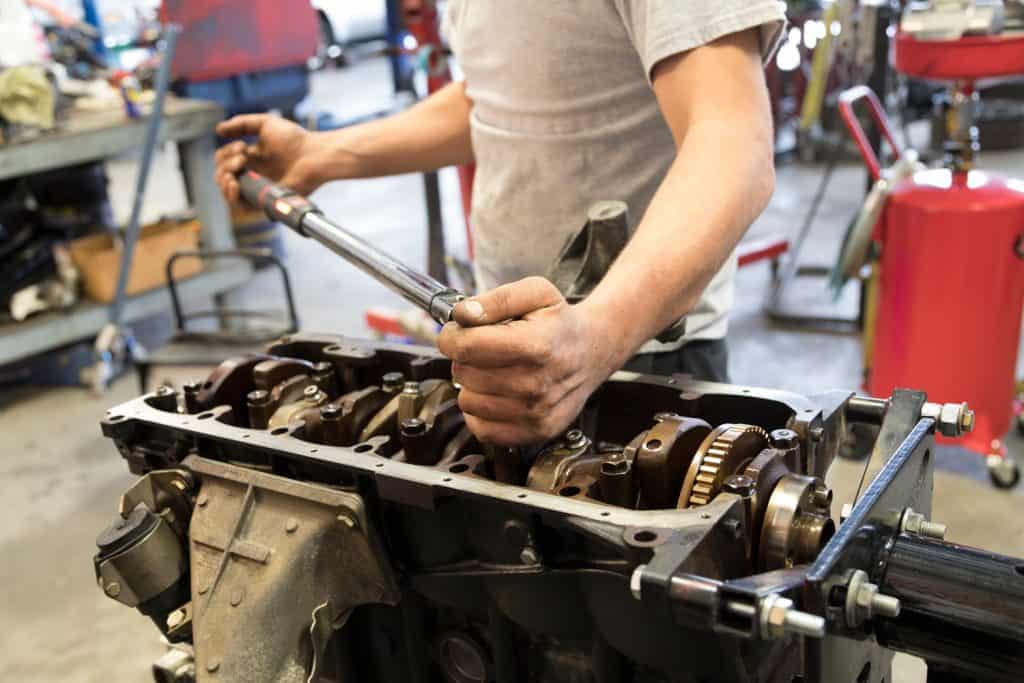
Do you hear a persistent or unexplained engine knock? If so, there might be an issue with your crankshaft. It can be due to one of the counterweights that have come loose and are now damaging the crankshaft.
Check Engine Light is On
If your check engine light is on, then there could be an issue with the crankshaft. This is often due to one or more counterweights wearing down or breaking off.
Low Oil Pressure
If your car has low oil pressure, it could be a sign of a damaged crankshaft. However, the low oil pressure could be due to a number of factors, including a worn or damaged crankshaft seal.
Metal Shaving in Oil
When you change your oil or check the oil level, do you see metal shavings in the oil? If so, it could be a sign that the crankshaft bearings have some damage.
Engine Vibrations
Do you notice any unusual vibrations when driving? If so, the crankshaft may be at fault. This could be due to the poor crankshaft position sensor giving the ECM improper readings.
Engine Has Trouble Starting
If your engine has a hard time starting, it may be due to the crankshaft. A misalignment of the gears or bearings often causes the engine to have a hard time starting.
Poor Engine Performance
If you are noticing a significant decrease in your engine's performance, it may be due to the crankshaft. This is often due to the bearings wearing down and not being able to rotate the engine properly.
Engine Stalling
When the engine is stalling, it could be due to the crankshaft going bad. This happens when the engine sends fuel and ignition timing to the wrong cylinders.
Engine Misfires
When the engine is misfiring, it's usually a good indication that the crankshaft is going bad. This could be due to a problem with the valves, piston, or ignition system.
If you are experiencing any of these warning signs, it is best to take your car to a mechanic and check out the crankshaft.
They will be able to tell you if it is the root of your car's problems and advise you on what repairs you need to make. It is essential not to ignore these warning signs, as they could lead to more severe damage down the road.
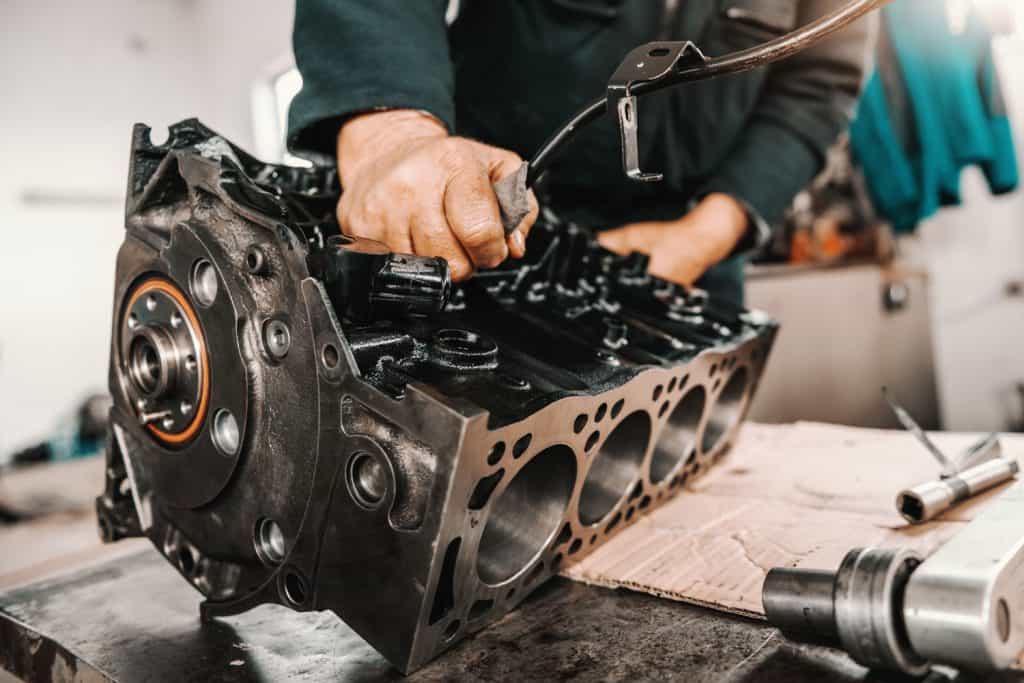
What Makes a Crankshaft Sensor Go Bad?
There are a few reasons why a crankshaft sensor might go bad. One possibility is that the sensor has become dirty or clogged. If you don't keep the sensor clean and free of debris, the sensor can definitely go bad.
Another possibility is that the sensor might be defective. This could be due to a problem with the wiring, connector, or the sensor itself.
If the sensor is not sending accurate information to the ECM, it can cause various problems with the engine. This is why it's important to have the sensor checked out if you are experiencing any engine problems.
How Much is it to Replace a Crankshaft Sensor?
The cost to replace a crankshaft sensor will vary depending on the make and model of your car. It will also depend on whether you are doing the repair yourself or taking it to a mechanic.
However, you can expect to pay between $150 and $200 for a new crankshaft sensor as a general rule.
It's important to remember that if your car is experiencing other problems, it may be a good idea to have the entire crankshaft replaced. This can be costly, but it may be necessary to keep your car running correctly.
Final Thoughts
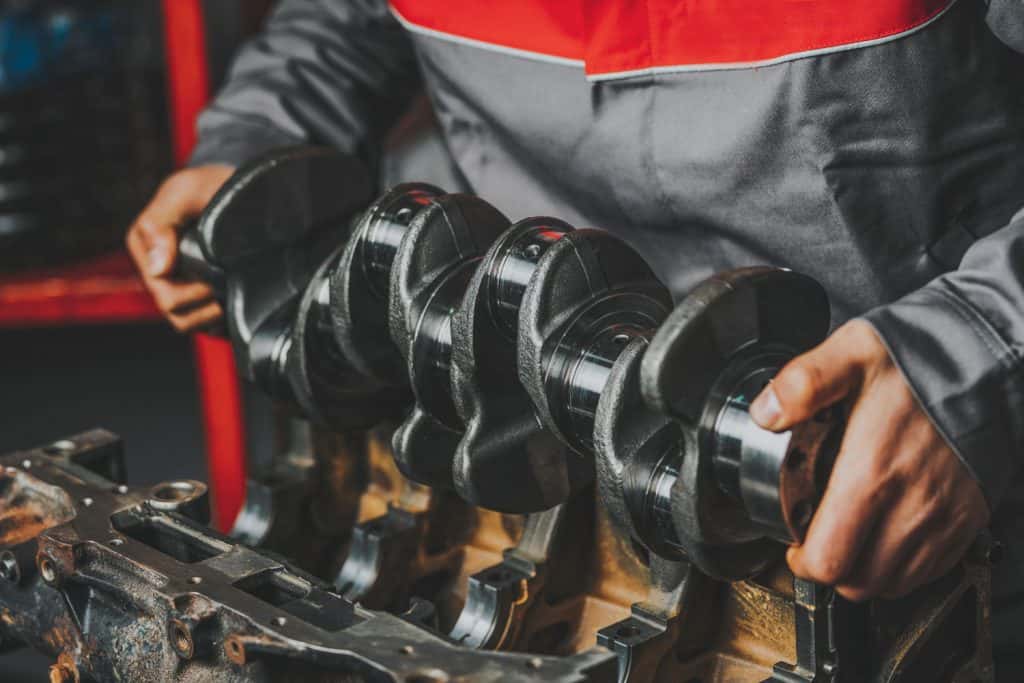
Overall, you won't typically need to worry about balancing your crankshaft. However, if you plan to use your vehicle for performance or racing, you may need to balance the crankshaft. Lastly, if you notice any warning signs mentioned in this article, it may be time to have your crankshaft looked at by a certified mechanic.
If you enjoyed this article, then you might also like:
Car Vibrates When Turning Left—What Could Be Wrong?
Car Shakes When Turning And Accelerating—What Could Be Wrong?
Hissing Noise From Car But Stops When Braking – What Could Be Wrong?
